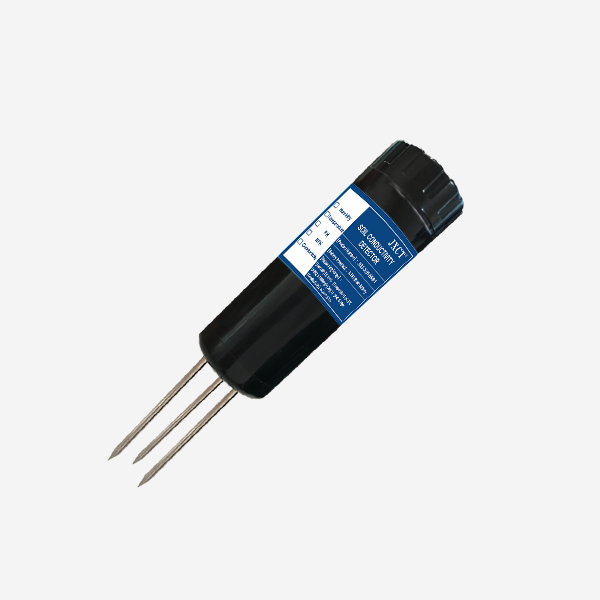Soil sensors play a crucial role in modern agriculture and environmental monitoring. They provide essential data about soil moisture content, temperature, and nutrient levels, helping farmers optimize irrigation, fertilization, and overall crop health. This article will delve into the working principles of soil sensors, including the various technologies used, their applications, and the benefits they offer.

Capacitive Sensors:
One widely used technology in soil sensors is capacitive sensing. These sensors measure soil moisture levels by detecting changes in electrical capacitance. The sensor consists of two electrodes buried in the soil and an electronic circuit that measures the capacitance between them. When soil moisture increases, the dielectric constant changes, leading to a variation in capacitance. This change is then converted into a moisture reading that can be interpreted by farmers.
Tensiometers:
Tensiometers are another type of soil sensor commonly employed to measure soil moisture content. They rely on the principle of tensiometry, which is the measurement of soil water potential. A tensiometer consists of a porous ceramic cup filled with water and a vacuum gauge. The gauge measures the suction or tension required to extract water from the soil. This measurement indicates the soil’s moisture level, with higher tensions indicating drier soil.
Time Domain Reflectometry (TDR):
Time Domain Reflectometry is a technology used for both soil moisture and soil salinity measurements. This method relies on sending an electromagnetic pulse along a probe inserted into the soil. As the pulse travels through the soil, it encounters different dielectric properties, which cause reflections. The sensor measures the time it takes for the pulse to travel back to the probe, and this value is used to calculate the soil moisture or salinity content.
Spectral Reflectance Sensors:
Spectral reflectance sensors utilize the principle that different soil properties absorb and reflect specific wavelengths of light. These sensors emit light onto the soil surface and measure the reflected light spectrum. By analyzing the spectrum, farmers can determine soil properties such as organic matter content, nutrient levels, and even soil type. This information helps in optimizing fertilizer application and managing nutrient deficiencies.
Electrochemical Sensors:
Electrochemical sensors are commonly employed to measure soil nutrient levels. These sensors consist of electrodes coated with specific chemicals that react with the soil to generate an electrical signal. The magnitude of the signal is proportional to the concentration of the specific nutrient being measured. By analyzing the signal, farmers can determine the nutrient status of the soil and adjust fertilization accordingly.
Applications and Benefits:
Soil sensors find applications in various fields, including agriculture, horticulture, environmental monitoring, and research. They offer numerous benefits, such as:
Improved water management:
Soil sensors help farmers optimize irrigation by providing real-time data on soil moisture levels. This prevents over- or under-watering, ensuring efficient water usage and reducing water wastage.
Enhanced fertilizer management:
By measuring soil nutrient levels, sensors enable precise fertilizer application, preventing nutrient imbalances and reducing fertilizer usage. This leads to cost savings and minimized environmental impact.
Disease and pest management:
Soil sensors aid in early detection of soil-borne diseases and pest infestations. By monitoring soil conditions, farmers can take proactive measures to mitigate these risks and protect crop health.
Crop yield optimization:
With accurate soil data, farmers can make informed decisions to optimize crop yields. They can adjust planting strategies, choose appropriate crop varieties, and implement targeted interventions based on the specific needs of the soil.

Conclusion:
Soil sensors have revolutionized the way farmers and researchers monitor and manage soil conditions. By providing real-time data on soil moisture, temperature, nutrient levels, and other important parameters, these sensors optimize agricultural practices and improve overall crop health. With continuous advancements in sensor technology, we can expect further improvements in soil sensing capabilities, enabling more efficient and sustainable agriculture in the future.
